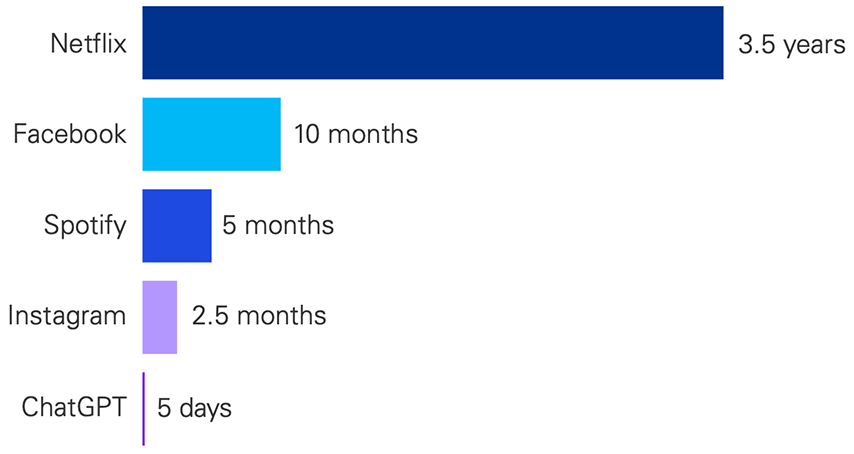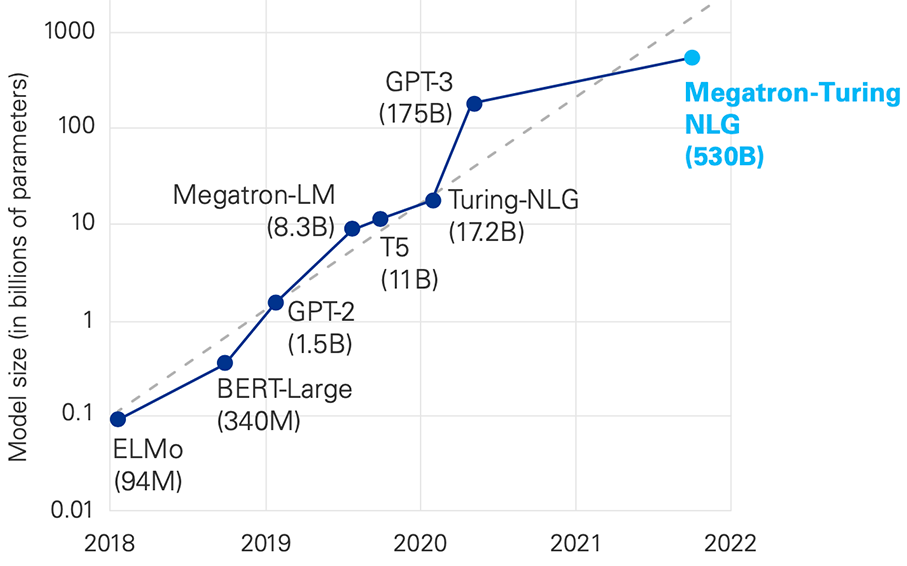Remaining challenges and risks
As with the adoption of any new technology, a broad move to use generative AI in the corporate environment will surely hit some bumps along the way. For all of their sophistication, current iterations of generative AI can still generate flawed results. Even where results are rock solid, building in traceability and transparency may be important because many who come to rely on the technology will not fully understand how its outputs are achieved — and, as such, not trust it. It will be important for organizations to identify risks early and understand how those risks may impact building trust in the use of generative AI.
Overcoming management skepticism could be a particular obstacle. It may be hard to get senior executives to believe developers will not blindly follow their AI models and leave their organizations open to potential missteps triggered by what the executives may see as black-box technology platforms. Developers and their bosses will need to sell senior leadership not only on the technology but also on the safeguards to be built around it.
All that said, generative AI will inevitably become more accurate and reliable over time. What’s more, the entire software development lifecycle process in a modern enterprise is already designed to find and fix bugs caused by mistakes developers have made. Errors attributable to generative AI can be mitigated by the same processes. With additional training of the technology, along with monitoring to ensure that outcomes align with expectations, we believe businesses will build trust in its capabilities.
In the meantime, intellectual property issues around generative AI remain unresolved, too. These models are trained on open-source code, with many different types of licenses, and it remains to be seen what will happen if software they generate is deemed too similar to open-source code. Residence considerations for intellectual property are a potential sticking point, too. A large bank concerned about trade secrets, for example, may be reluctant to share its data with a start-up generative IT vendor operating in a multitenant cloud environment. This could create a market for a larger vendor — perhaps Microsoft, Oracle, or IBM — to offer a single-tenant product more sensitive to those concerns. Microsoft, which invested in OpenAI in 2019 and again in 2021, has since announced an additional multiyear, multibillion-dollar investment into the organization.
As noted, costs will be a stumbling block for some organizations over the near term, especially those seeking access to state-of-the-art generative IT models like OpenAI’s GPT-3.
Ultimately, we see generative AI becoming an invaluable addition to the advanced analytics and AI toolbox. However, organizations will need to develop governance protocols around the responsible use of AI. The aim will be to ensure the technology is used in line with their standards, with consideration of the impact on customers and society, and to build trust in AI-generated outcomes.





